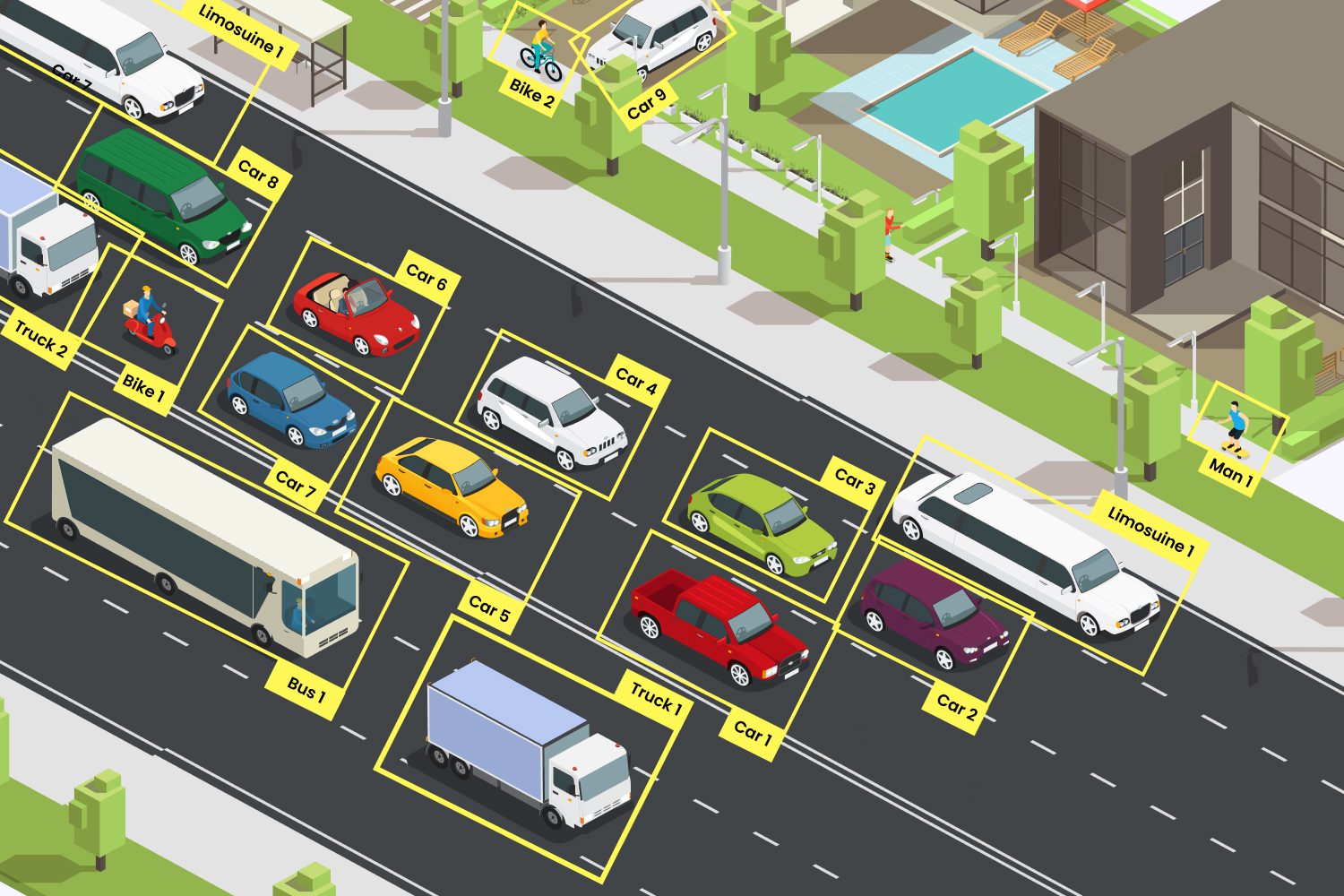In the current data-driven world enterprises across industries rely on the power of artificial intelligence (AI) as well as machine learning (ML) to discover useful insights from massive amounts of data. Image annotation, a key technique in computer vision, plays an essential role in the analysis of visual data. In this piece, we delve into the world of image annotation and discuss the significance of annotation tools as well as software and solutions to unlock the potential of data-driven decision-making.

Image annotation is the process of identifying images or tagging them by metadata. This allows computers to interpret and understand visual data more effectively. Image annotation, which includes adding bounding boxes or polygons as well as key points to images, lets ML models identify objects, patterns, and attributes. This process bridges a gap between raw images and insight that can be used which opens the way for numerous applications, like autonomous vehicles, medical imaging as well as e-commerce and surveillance.
To speed up the image annotation process, a wide array of annotation tools has been created. These tools offer intuitive interfaces that allow annotations to make notes on objects or areas that are of interest in images without difficulties. They offer a wide range of annotation options and customizable options to meet different requirements for data. From simple drawing tools to advanced shape recognition and automatic annotation suggestions images annotation tools increase the effectiveness and precision of the annotation process, enabling annotators to work efficiently and quickly.
Image annotation software takes the process of annotation to the next stage by incorporating automation and collaboration capabilities. These solutions make use of ML algorithms to automate the annotation process, which reduces manual labor and increases annotation speed. The software for annotation employs techniques like Active Learning and transfer learning to accelerate the labeling while still delivering high-quality results.
The annotation software allows for effortless collaboration between teams. It offers real-time annotation versioning and commenting capabilities that allows for smooth communication. This method of collaboration not just improves annotation quality but also promotes knowledge sharing and assures the consistency of annotations.
If you are choosing an image annotation program, there are a variety of factors to be considered. The software must be able of meeting the needs of the project. This includes the types of annotations needed (e.g. bounding boxes or keypoints, polygons) in addition to the complexity and scalability.
Second, flexibility and adaptability In addition, flexibility and adaptability are essential. An efficient annotation system must be able to modify workflows for annotations and work with existing software for managing data. Additionally, it should be compatible with a variety of data formats. This flexibility allows the annotation solution to seamlessly integrate into existing workflows and pipelines to increase productivity overall.
The quality of the annotations created by the software is another aspect that needs to be evaluated. Quality control methods are employed by trusted image annotation software to ensure consistent and precise labeling. These could include inter-annotator agreement checks, annotation validation, and constant feedback loops that connect annotators and reviewers.
Image annotation has an extensive influence that goes beyond the annotation process. Tools, solutions for image annotation, and software can assist organizations increase the value of their information in a number of ways. The accuracy of annotations is crucial to the creation and development of ML models that are more reliable and have greater accuracy and reliability. The models are then used across a range of applications, such as object recognition and image classification.
Image annotation can also be utilized to aid in the making of data-driven decisions by providing relevant and deep knowledge. Annotated medical images, like, can be used in the field of healthcare to diagnose illness, spot abnormalities and formulate treatment strategies. In the e-commerce industry, annotations of images assist in recommending products, image search functionalities, and strategies for visual merchandising.
The integration of image annotation and data science has changed our methods of working by unlocking a valuable resource. It speeds up the analysis of data and uncovers hidden relationships. Real-time information is also generated. Through image annotation, businesses can improve their processes, reach the market quicker, cut costs, and gain a competitive advantage. By focusing on the ability of images to illustrate concepts that are much more easily understood than abstract diagrams, properly annotated images also increase the usefulness of the data for individuals in any company. When done correctly, image annotation is an effective method to convert data into actionable information and enhance the effectiveness of all applications.